Are you the type who likes to plan your outdoor adventures for the best possible experience?
If you’ve ever experienced a rained out camping trip, then you probably already know how important timing is for enjoying your adventure.
Kayaking is a watersport that does tend to go better when you plan for weather-related changes.
The ideal time to go kayaking will also depend upon the location for your trip along with the things that you want to get out of the experience.
Whether you hope to capture a sunrise on the water or travel along whitewater rapids, knowing when to go ensures you hit your goals.
- When Is the Best Time of Day to Go Kayaking?
- When Is the Best Season for Kayaking?
- Is There a Wrong or Bad Time to Go Kayaking?
- What Is the Best Weather to Go Kayaking?
- Can I Stay On the Water Until After Dark?
- Does My Geographical Location Determine the Best Time for Kayaking?
- Low Tides or High Tides – When Should I Go Kayaking?
- Conclusion
- You Might Also Like…
Disclosure: this post contains affiliate links (clearly marked with ), which means we may earn a commission if you buy something through them, at no additional cost to you.
When Is the Best Time of Day to Go Kayaking?
Each time of day has some type of benefit that you can use to your advantage as a kayaker.
Many kayakers prefer to head out in the early morning when they have the most energy.
People who plan to go fishing will also want to go out earlier in the day when the fish are more likely to be biting.
In hot climates, an early morning kayaking trip can help you prevent heat-related illnesses.
You can also avoid many afternoon thunderstorms by doing your trip in the morning hours.
Some areas experience periods of high winds that begin in the early afternoon. This can be another reason to schedule your trip for the morning.
Afternoons are best for kayakers who are paddling in cold climates. By noon, most areas are reaching their peak temperature.
This time of day can help you enjoy a trip to an area where you might have concerns about hypothermia from cold air and water.
Evening tends to be one of the least favorite times for people to go kayaking.
However, there are some advantages to heading out near dusk.
By this point, some of the busier waterways will have less activity from larger motorized boats.
There is also the possibility of catching a beautiful sunset towards the end of your trip.
When Is the Best Season for Kayaking?
Spring and summer are the most popular seasons for kayaking.
You just can’t go wrong with choosing to kayak when the weather is turning warmer and the plant life is blooming.
This should still come with the understanding that fall and winter have some special benefits.
The winter season is known for being one of the best times for whale watching from your kayak.
In Southern California, the season for catching a glimpse of gray whales, orcas and dolphins runs from January to April.
If you head out earlier in the colder months, then you can beat the crowds of spring travelers.
The fall also holds some special moments. At this point, the daytime temperatures tend to be lower in hotter states such as Texas and Florida.
Although you might need to brave colder conditions, heading up north for seasonal leaf color changes can also be exciting.
In Colorado, leaf-peeping season begins in the last weeks of September and ends early in October.
During these months, you can watch as aspens turn beautiful golden hues that intermingle with other colorful trees.
Viewing the colors from your kayak helps you avoid being caught up in long lines of traffic.
Spend some time thinking about your kayaking destination.
Is it known for being particularly beautiful during a certain season?
If so, that’s likely the best time to go.
Is There a Wrong or Bad Time to Go Kayaking?
There definitely can be a bad time for kayaking, but it’ll greatly depend upon where you are going and your experience level.
Being caught in a sudden severe thunderstorm can be dangerous for even expert kayakers, and new paddlers might prefer to avoid falling into the icy water.
Always check the most recent weather reports for where you plan to kayak.
You’ll also want to make sure that the tide and currents are safe for your level of experience if you plan to visit coastal areas.
Your personal preferences also determine the best time to go kayaking. Are you the type to get nervous being outside after dark?
If so, then go early to avoid being caught on the water after sunset.
This is especially important in kayaking areas where you might encounter predatory animals on land such as bears or mountain lions.
You’ll also want to plan your trip when you should be at your peak performance.
If you tend to experience joint or muscle pain at certain times of the day, then it is best to plan your trip around them.
The same goes for being at your peak mental capacity. You need to be alert for potential hazards as you kayak and capable of responding accordingly.
Always pick a time to kayak when you feel the most awake and ready to change course as needed.
What Is the Best Weather to Go Kayaking?
The easiest weather to go kayaking in is warm and sunny.
Going kayaking on a warm day allows you to avoid having to bundle up with special clothing such as a wetsuit.
Since you’ll be getting wet anyway, going kayaking during a light rain shower isn’t usually a danger.
A few sprinkles aren’t a big concern for flooding, but you’ll need to keep an eye out for thunder and lightning. Lightning can be deadly on the water.
It is best to avoid being caught on the water during a lightning storm.
If one happens, immediately put distance between you and the members of your kayaking group and take cover if you can’t get back to shore.
Major storms can lead to high winds and strong currents that make kayaking dangerous.
If the wind starts picking up, then try to position yourself in a way that it doesn’t push you further out to deeper waters.
Flash floods are also a concern, and these can happen as much as six hours after a rain event upstream.
During rainy season, you’ll want to stay aware of weather in neighboring locations that could impact you several miles away.
Can I Stay On the Water Until After Dark?
Kayaking at night provides you with an experience that you just can’t get during the day.
Seeing the moonlight glinting on the water is mesmerizing all on its own.
Nighttime is also the only time when you can take in the full effects of bioluminescent organisms in the water.
There are some things you’ll need to do to make kayaking safer when the sun goes down.
Most places have laws in place that require you to have lights on your kayak.
These are used to alert other boats to your location. You can also use the lights to signal for assistance if you are in distress.
All kayakers will also need to be aware that they will be harder to locate if they capsize.
Make sure to stay with a group and wear reflective and brightly colored clothing.
Beginner kayakers may be safer taking a guided tour that includes having at least one expert-level kayaker around to help in an emergency.
Sticking closer to shore and kayaking in calmer water is another way to increase your safety after dark.
Does My Geographical Location Determine the Best Time for Kayaking?
Geography does play a huge role in determining the ideal time for your kayaking trip.
If you are planning a trip to an unfamiliar location, then you’ll want to research what the conditions are like during the time that you plan to travel.
For example, Florida is prone to strong thunderstorms in the afternoon, and the Gulf Coast has around 100 storms a year.
This means that you have a high chance of being caught in foul weather at just about anytime.
Temperature highs and lows also vary according to the different seasons in every location.
However, the extremes can be significantly different according to where you are kayaking.
California is known for fairly moderate temperature fluctuations, but you could easily find yourself going from slightly above freezing temps to uncomfortably hot ones in desert or mountainous climates.
Coastal regions are known for having higher winds than you might experience at a landlocked lake that is surrounded by trees and buildings.
This can influence your ability to kayak during certain times of the day.
For long distance trips, check the local weather and consider consulting with people who live in the area.
Figuring out what conditions to expect lets you know what clothing you need to pack along with your itinerary.
Low Tides or High Tides – When Should I Go Kayaking?
The simplest explanation of tides is that the water is impacted by the gravitational pull of the moon. Understanding how tides work gets a little more complicated.
During high tide, the water is moving in towards the beach from the sea.
This can cause water levels to get higher in areas that you might not expect it, and you’ll notice a change in the currents.
Low tide takes the water away from the shore, which can create a problem if you find that your planned location is nothing but mud.
There are about six hours between each high and low tide.
At the peak of each tide, currents are usually at their lowest strength and you might notice the water direction begin to change.
Around the halfway point between high and low tide, currents tend to be at their strongest.
Tides don’t only influence ocean kayaking. You’ll also need to worry about tides if you plan to travel along coastal rivers.
The tide can cause the river flow to change directions, and being aware of this effect makes it easier to enjoy a safer and more leisurely trip.
There is no hard and fast rule about whether or not high or low tide is best for a trip. This depends upon the water levels and the location of where you are going.
You can make your trip easier by planning to head outward with the ebb of the tide and back with the flow.
This allows you to make the most of the water’s directional currents.
Before your trip, do a quick search to find out the tide predictions.
Conclusion
Knowing when to go kayaking influences how safe you stay on your trip.
You’ll need to stay current on any recent weather changes along with the tide and current patterns at your planned location.
With experience, you’ll eventually begin to learn your preferred time to go kayaking, but remember to be willing to try new things.
You never know when branching out from your comfort zone could lead to a new favorite way to go kayaking.
You Might Also Like…
-

Kayaking Vs. Rowing: What’s the Difference? (8 Key Differences)
-
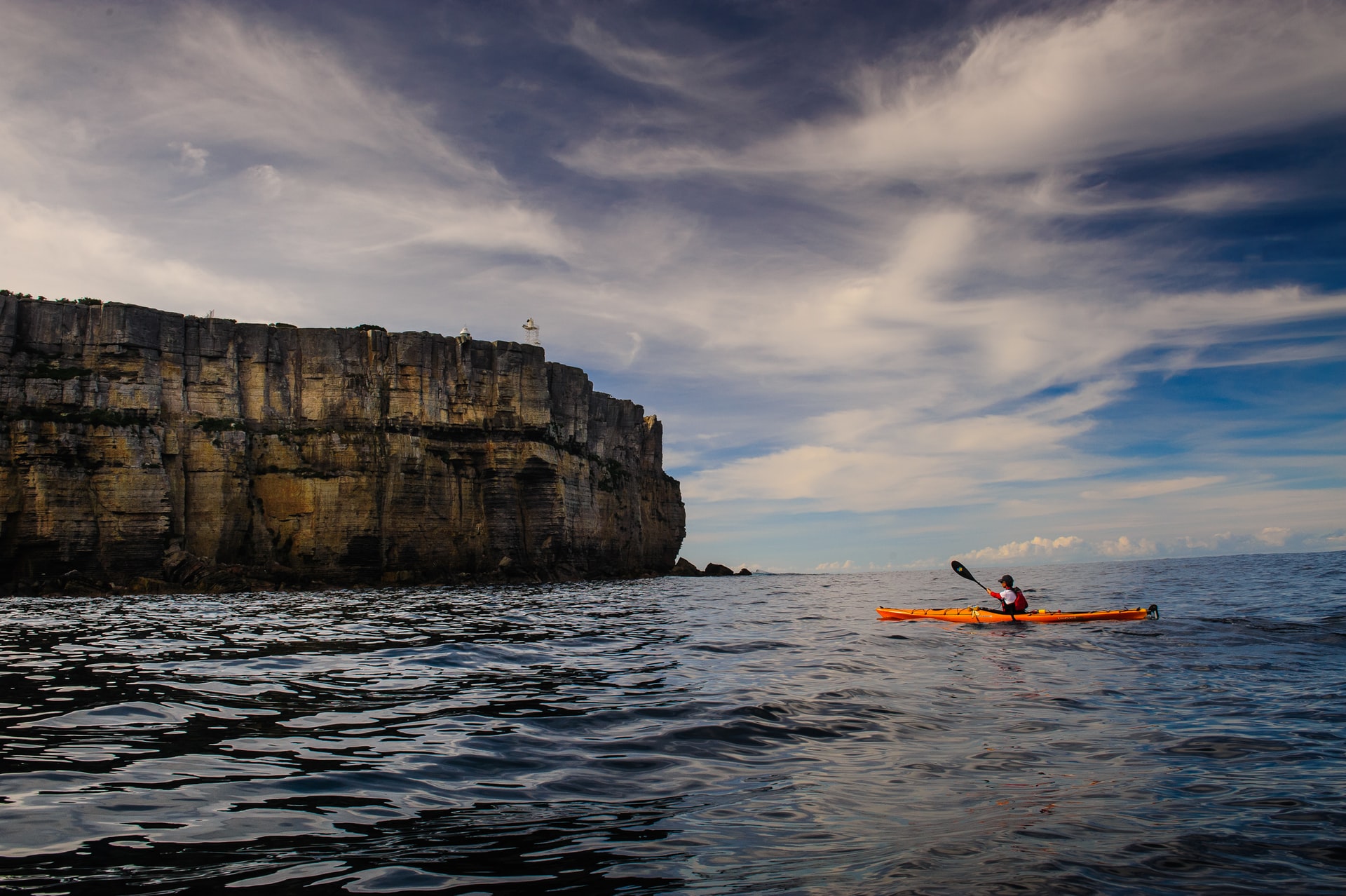
When Is It Too Windy for Kayaking? (Crucial Facts You Should Know)
-
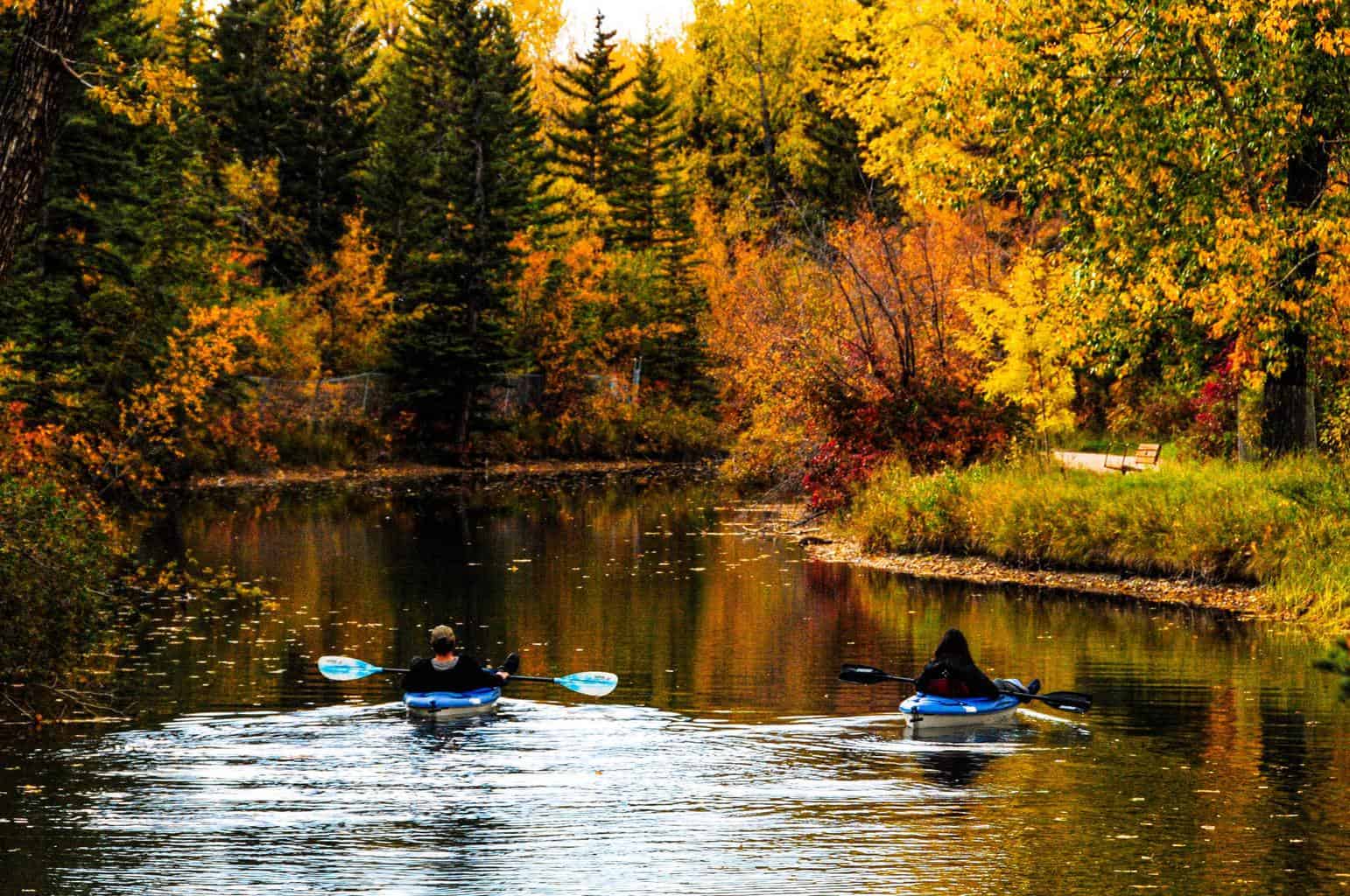
When to Go Kayaking? (What Every Kayaker Should Know)
-

Will I Get Wet Kayaking? (Common Reasons & How to Stay Dry)
-
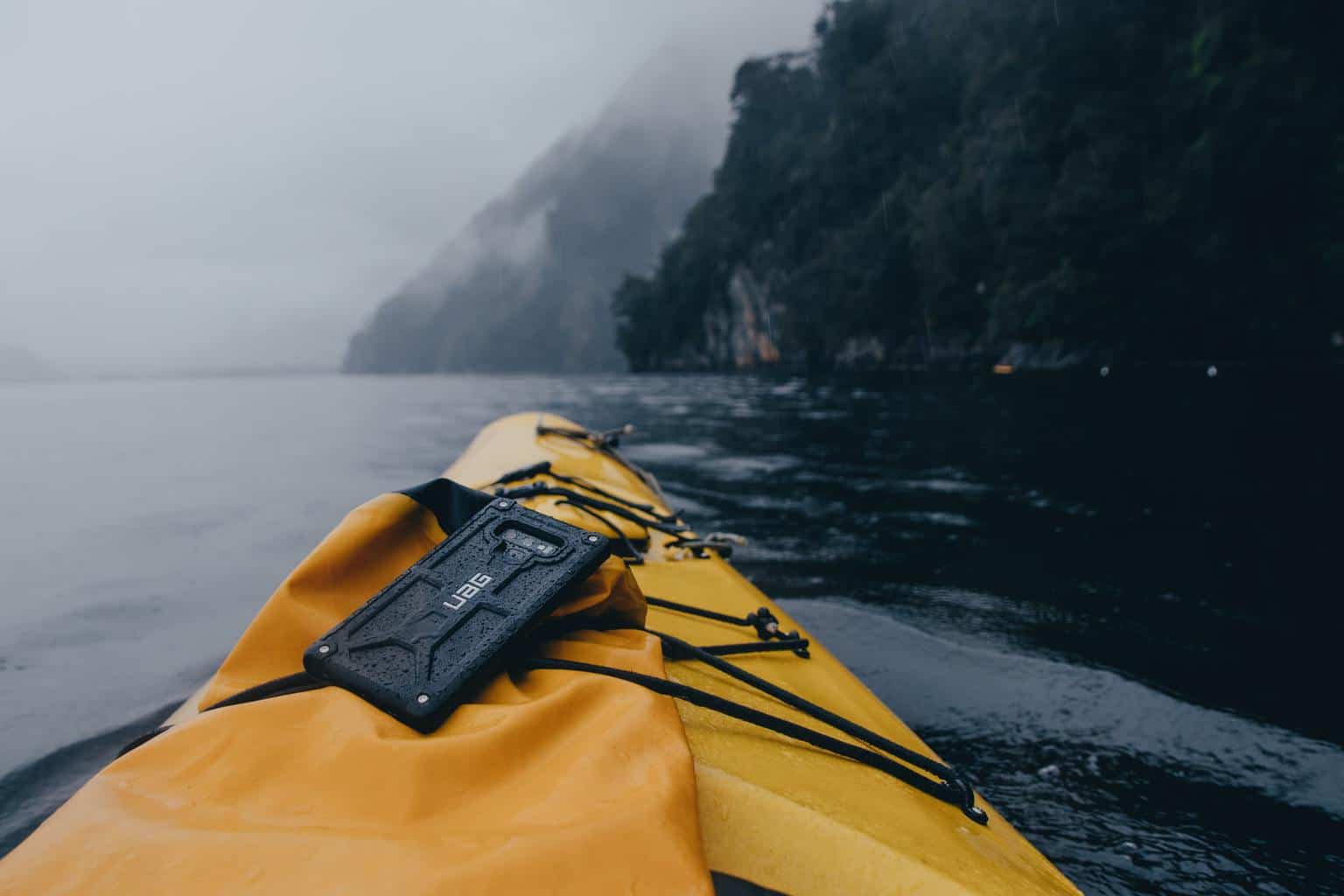
Should I Bring My Phone Kayaking? (7 Good Reasons)
-

What Shoes to Wear Kayaking? (+ the Best Shoes for Your Needs)
-
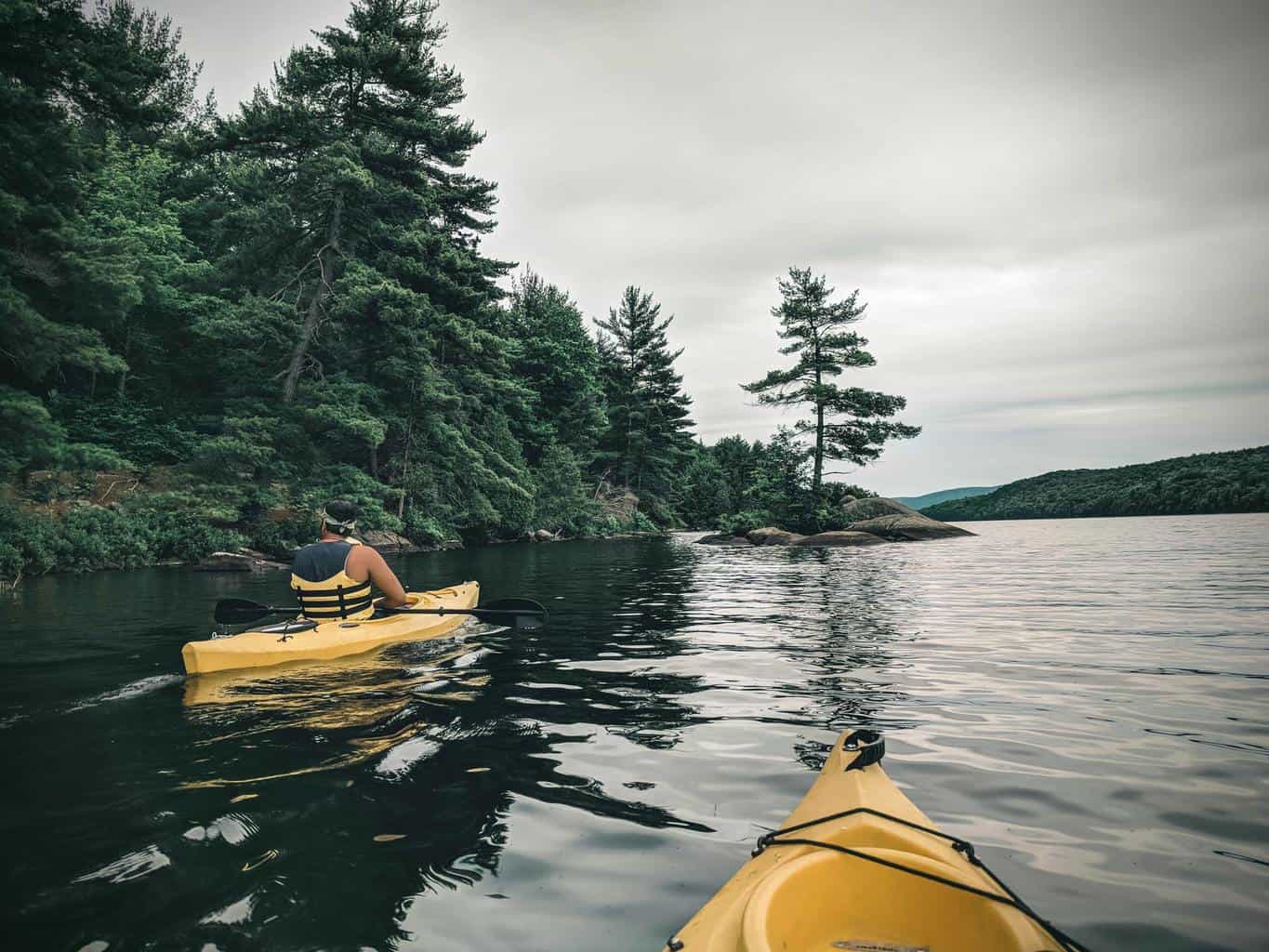
Can Kayaking Cause Chest Pain? (What Every Kayaker Should Know)
-
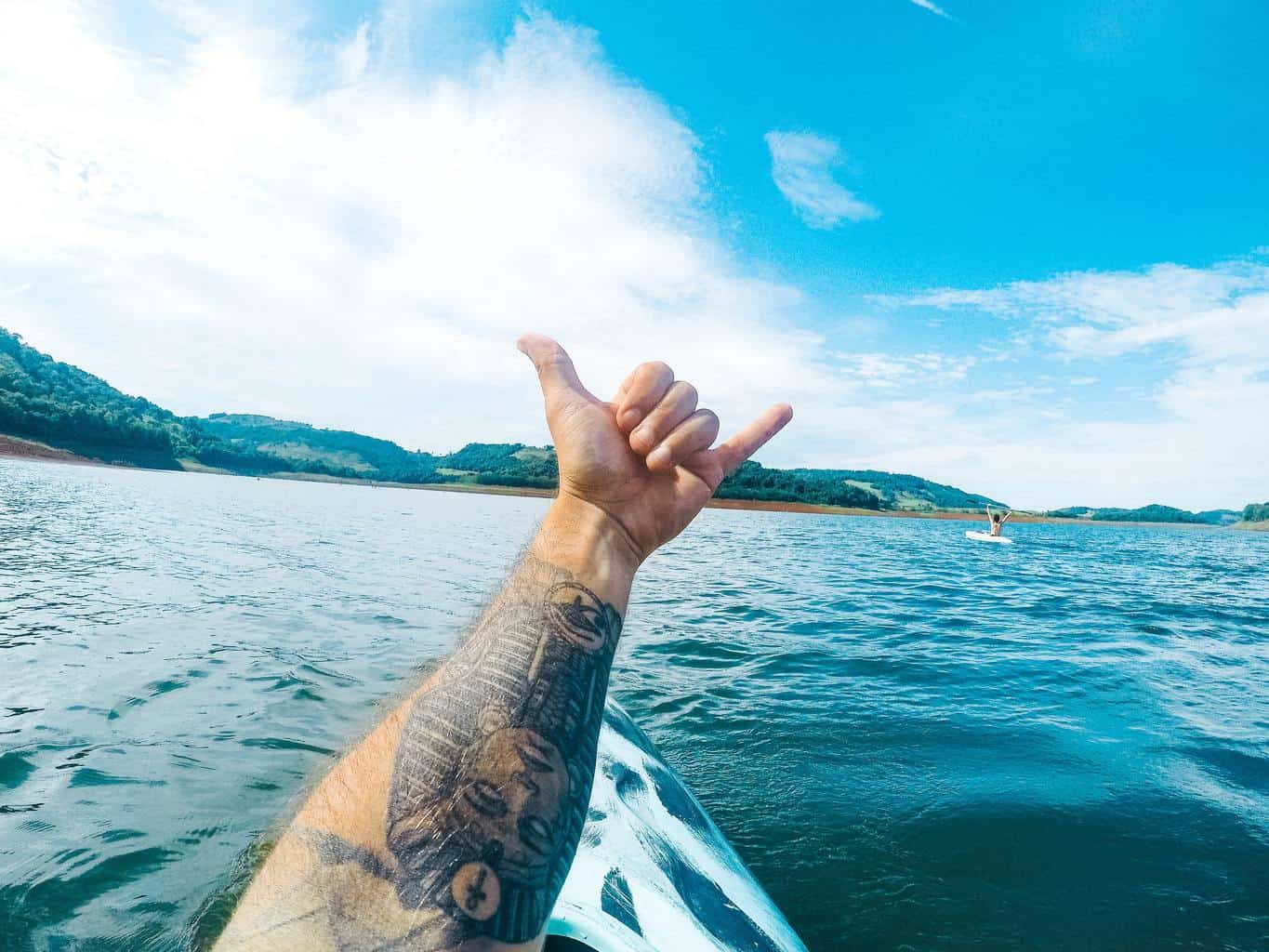
Can I Go Kayaking With a New Tattoo? (Facts You Should Know)
-

Can You Go Kayaking On Your Period? (+Practical Tips)
-
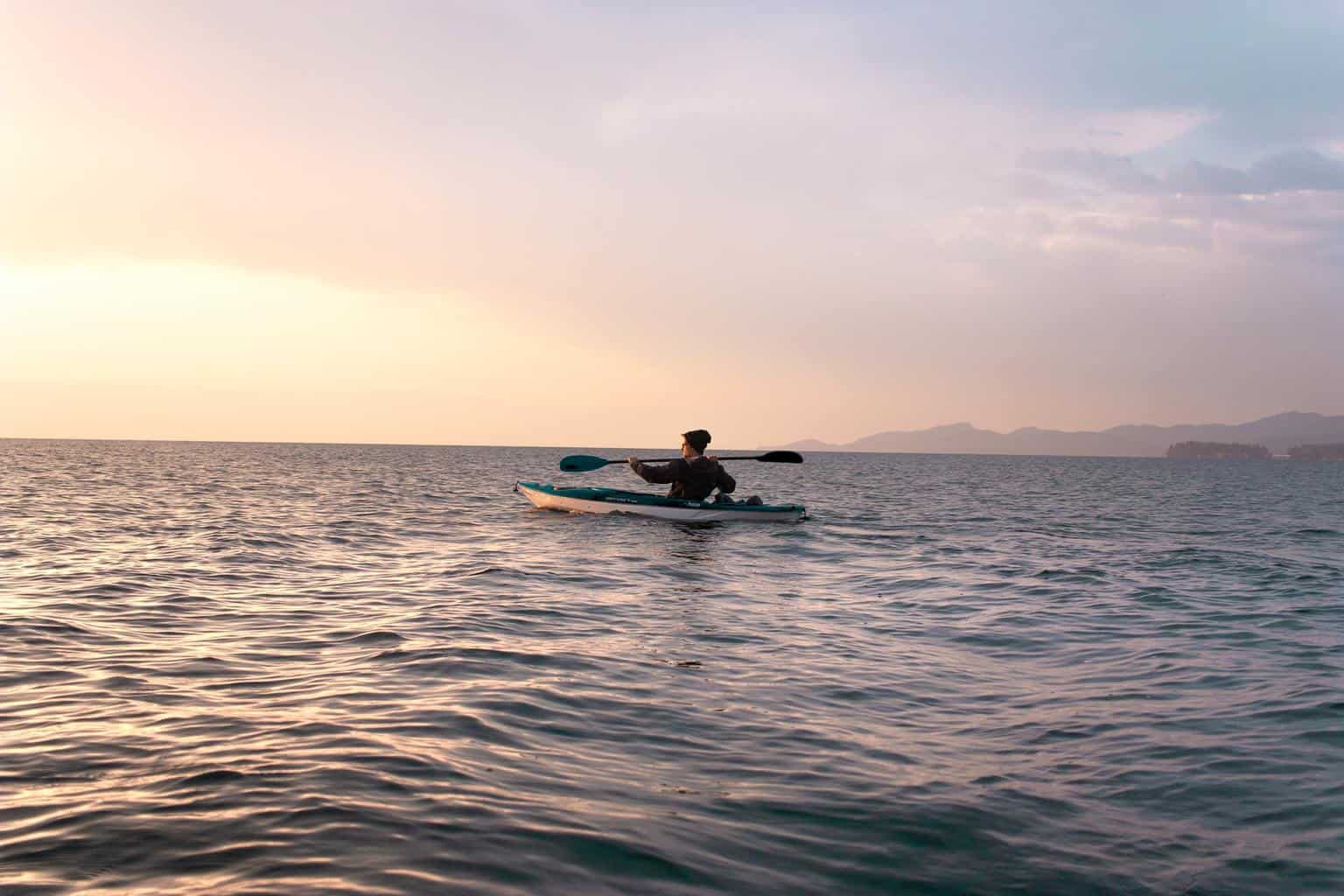
Can Kayaking Cause Hemorrhoids? (What Every Kayaker Should Know)
-
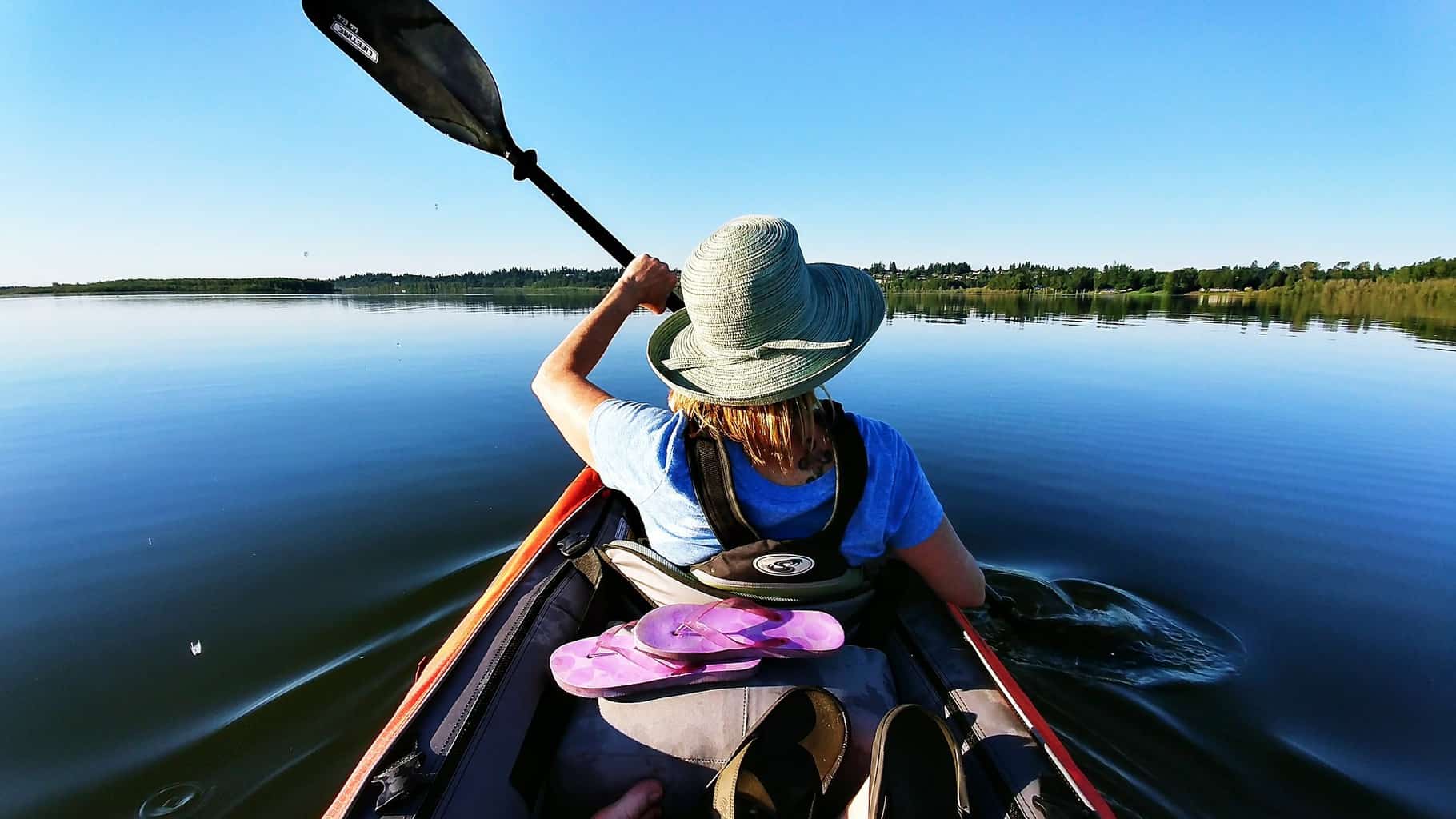
Can Kayaking Cause Tennis Elbow? (+8 Simple Tips to Avoid It)
-

Can Kayaking Cause Sciatica? (+7 Tips to Avoid It)











